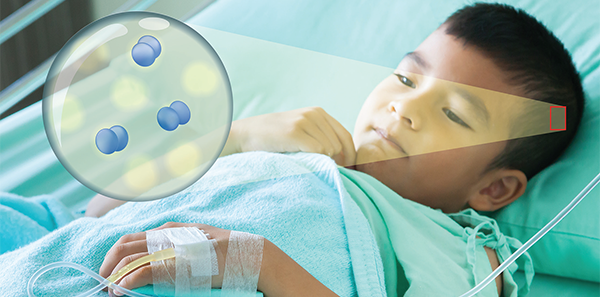
To be fair, there are rare case reports that talk about carotid injuries that manifest more than 24 hours after the injury. They are very rare but do exist.
Explore This Issue
ACEP Now: Vol 35 – No 03 – March 2016Summary
The likelihood of a carotid injury following penetrating trauma to the soft palate is very low, suggesting that imaging may not be necessary in neurologically normal well-appearing children. However, there are no prospective studies on this topic.
 Dr. Jones is assistant professor of pediatric emergency medicine at the University of Kentucky in Lexington.
Dr. Jones is assistant professor of pediatric emergency medicine at the University of Kentucky in Lexington.
 Dr. Cantor is professor of emergency medicine and pediatrics, director of the pediatric emergency department, and medical director of the Central New York Poison Control Center at Upstate Medical University in Syracuse, New York.
Dr. Cantor is professor of emergency medicine and pediatrics, director of the pediatric emergency department, and medical director of the Central New York Poison Control Center at Upstate Medical University in Syracuse, New York.
References
- Blazer S, Berant M, Alon U. Effect of antibiotic treatment on cerebrospinal fluid. Am J Clin Pathol. 1983;80(3):386-387.
- Crosswell JM, Nicholson WR, Lennon DR. Rapid sterilisation of cerebrospinal fluid in meningococcal meningitis: implications for treatment duration. J Paediatr Child Health. 2006;42(4):170-173.
- Kanegaye JT, Soliemanzadeh P, Bradley JS. Lumbar puncture in pediatric bacterial meningitis: defining the time interval for recovery of cerebrospinal fluid pathogens after parenteral antibiotic pretreatment. Pediatrics. 2001;108(5):1169-1174.
- Hennelly K, Kimia A, Lee L, et al. Incidence of morbidity from penetrating palate trauma. Pediatrics. 2010;126(6):1578-1584.
- Hellmann JR, Shott SR, Gootee MJ. Impalement injuries of the palate in children: review of 131 cases. Int J Pediatr Otorhinolaryngol. 1993;26(2):157-163.
- Radkowski D, McGill TJ, Healy GB, et al. Penetrating trauma of the oropharynx in children. Laryngoscope. 1993;103(9):991-994.
Pages: 1 2 | Single Page




No Responses to “Guidance on Cerebrospinal Fluid Sterilization in Pediatric Meningitis, Carotid Injury Risk after Palatal Wound in Children”